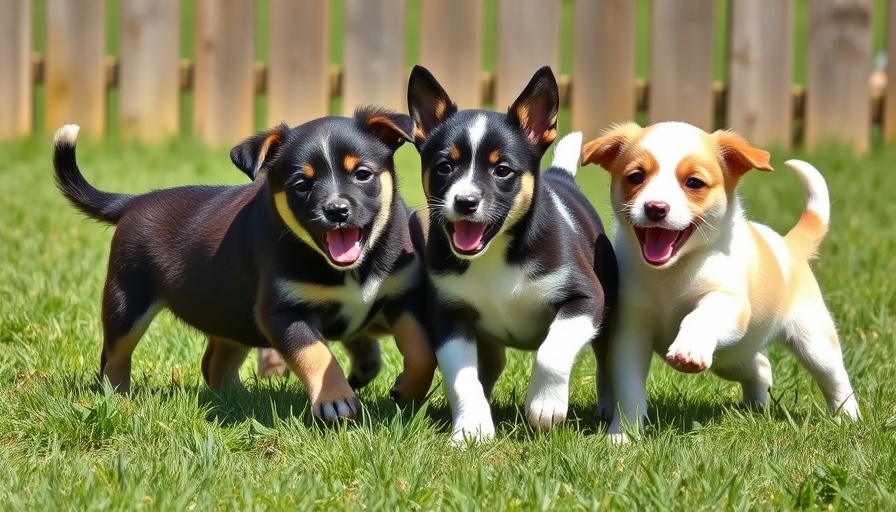
Why Do Dogs Go Crazy for Tennis Balls?
When you toss a tennis ball across the yard, does your dog spring into action like it’s a scene from a high-paced action movie? Many dog owners have experienced this moment of pure joy when their furry friends chase after the bright yellow toy with enthusiasm. But what exactly drives this seemingly unquenchable love for tennis balls? The answer lies in a mix of instinct, texture, and the joy of play.
The Science Behind the Chase
At its core, the instinctual drive to chase is deeply embedded in a dog's DNA. Tennis balls provide the perfect blend of size, bounce, and unpredictability. "Chasing small, fast-moving objects taps into many dogs’ instincts, especially in hunting and herding breeds," explains canine behaviorist Dr. Claire Houghton. The ball, with its bouncy character, mimics the quick movements of small animals, triggering a dog’s inherent drive to pursue its quarry.
Why Texture Matters
But instinct alone doesn’t explain the adoration of tennis balls. The unique fuzzy texture of a tennis ball serves a dual purpose: it feels pleasing for dogs to carry and chew on, while also retaining enticing odors that pique their interest even further. This sensory engagement keeps dogs returning to their beloved ball for both fun and mental stimulation.
The Benefits of Fetch: More Than Just Fun
Dogs love the game of fetch not just for the chase but for the psychological benefits that come with it. Engaging in this beloved activity offers dogs a workout that keeps them physically fit and mentally alert. "Dogs don’t just thrive on physical exercise; mental challenges are equally important for their happiness and well-being," says dog trainer Lydia Sanders. Fetch provides a burst of exercise, forcing them to focus, sense accomplishment, and enjoy lighter moments with their owners.
The Unbreakable Bond Through Play
The act of fetching is more than just a game; for dogs, it creates a unique connection with their humans. Dr. Houghton shares, "The repetitive cycle of tossing and retrieving fulfills their need for communication with you." This loop creates a dialogue, a way for dogs to express joy and earn approval. The resulting satisfaction relays happiness overload, turning an ordinary day into an extraordinary one full of tail-wagging excitement.
Inexpensive Mental Enrichment
Tennis balls play an essential role in providing low-cost mental stimulation as well. Chasing after the bouncing ball ignites excitement and inventiveness. Dogs can create their own games, such as rolling the ball under the couch or bouncing it off furniture. These activities strategically help prevent boredom and reduce anxiety. Therefore, that beloved slobbery yellow ball isn't just fun—it’s a brain booster.
Addressing Common Concerns
While tennis balls are a staple for many dog owners, there are concerns about their safety. The soft material of tennis balls can lead to wear on a dog's teeth, especially for aggressive chewers. It's essential to regularly check their toys for signs of damage and consider alternatives, such as specially designed rubber balls that are both durable and safe while maintaining similar texture and bounce.
Choosing the Right Ball
If your pup is a tennis ball fanatic, choosing the right type is crucial. Look for high-quality, non-toxic versions that won't crumble or break apart easily. Some brands even offer squeaky tennis balls or interactive variants that can add a new layer of excitement to playtime. Investing in specially designed toys can prolong the life of their favorite activity while ensuring their safety.
In conclusion, understanding why dogs love tennis balls provides great insight into their psychology and instincts. Meaningful playtime not only strengthens the bond between you and your dog, but also encourages their physical and mental health. So the next time you grab that tennis ball, remember, you’re not just engaging in friendly play; you’re helping them thrive.
Want to learn more about how to keep your dog stimulated and happy? Explore additional resources and expert advice to discover new ways to enhance your dog’s quality of life.
 Add Row
Add Row  Add
Add 




Write A Comment